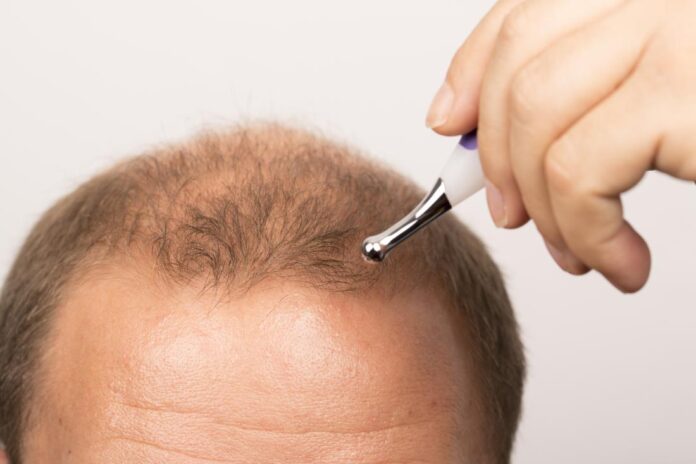
Are you concerned about your receding hairline? If you’re looking for help, you’re not alone. Hair loss affects men and women of all ages and can be a source of distress for many. The good news is that there are a variety of treatments available to help restore your hairline and stop the progression of balding.
In this article, we’ll give you an overview of the best receding hairline treatment so you can make an informed decision about the best option for you. We’ll discuss the different types of treatments, potential side effects, and the cost associated with each. By the end of this article, you’ll have the knowledge and confidence you need to make the best decision for your own hair loss needs.
Table of Contents
1. Home Remedies

You may notice that your hairline is becoming uneven or that your hair is thinning. These two signs might indicate that you’re experiencing the early stages of hair loss. There are several home remedies that can help combat these signs of hair loss and promote healthy hair growth.
-
Consuming a healthy diet:
A diet that’s rich in vitamins, minerals, and protein is great for promoting healthy hair growth. Eating a diet rich in B vitamins such as biotin and vitamin C and iron has been shown to protect hair from breakage and improve hair volume.
-
Exercising regularly:
exercise has many health benefits and can greatly improve hair and scalp health. Not only does exercise promote circulation, but it also improves hormone levels that are essential for healthy hair growth.
-
Healthy scalp:
Keeping your scalp healthy can help promote healthy hair growth. You can do this by massaging your scalp with gentle pressure with a scalp brush or a scalp massager brush.
2. Medications for receding hairline

There are several medications available to combat hair loss and promote hair growth. Finasteride and Minoxidil are two of the most commonly prescribed medications for treating hair loss.
Both have proven effective in helping with hair loss, although a downside can be that many people don’t want to be tied to taking a medication that can sometimes have side effects and be costly and go through a long-winded diagnosis process with their family doctor.
3. Hair Transplant Procedures
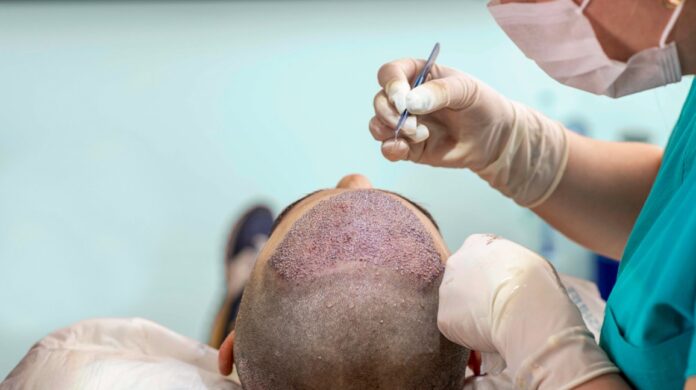
Hair transplant procedures are some of the most effective and popular ways to combat hair loss. Hair transplant procedures are a type of surgery that involves harvesting healthy hair from the back of the head and then re-implanting it at the hairline.
The process involves taking healthy hair follicles from the back of the head and implanting them in the front where the hairline is receding. The procedure is often (but not always) effective and results in a linear scar at the hairline and longer recovery times than other procedures listed.
4. Platelet-Rich Plasma (PRP) and PRF Therapy
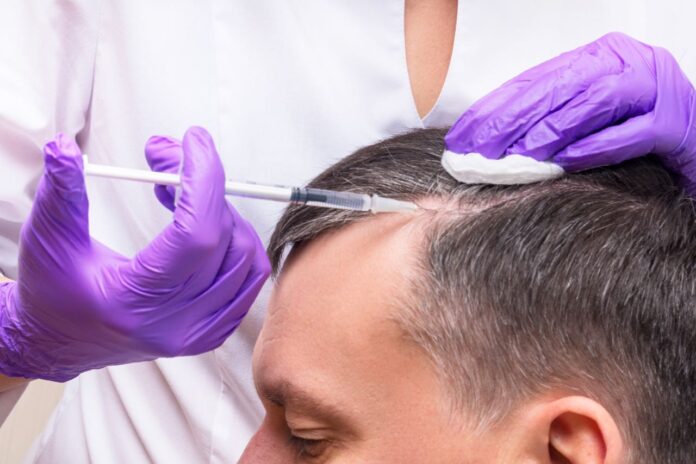
PRP therapy is a procedure that uses your own blood to promote healthy hair growth.
Platelet rich plasma has been used in sports medicine for years but has more recently been used to treat hair loss.
It can be used to treat these types of hair loss:
- Genetic hair loss
- Androgenetic alopecia
- Stress-related hair loss
- Thinning hair
- And a range of other common hair loss conditions
Growth factors within blood are believed by some to promote cell growth and regeneration within the treated area.
Perfect for hair loss as this means delivering a potent dose of growth factors to hair follicles. This gives them everything they need to repair, regenerate and regrow.
PRP involves extracting your blood and applying a specific technique to increase the concentration of growth factors that promote hair growth. The blood is then re-injected into the scalp to promote hair growth. PRP has been shown to be effective for a variety of hair loss situations.
PRP therapy has been shown to be effective for both men and women experiencing hair loss such as after childbirth or for those experiencing earlier stages of hair loss. PRP therapy has some potential short-lived side effects like bruising and mild discomfort at the injection site.
PRP hair treatments are typically delivered as a course of 6 or more over several weeks. Much will depend on your hair and any underlying conditions, but that’s how it usually works.
The effects are slow to start and cumulative. You won’t see instant results, but once you begin seeing improvements, they will continue over the course and for up to 18 months after.
Once the course of PRP treatment for hair loss is complete, we can schedule regular top-ups to maintain hair growth.
The specifics of PRP hair loss treatments will differ between patients and is something we can discuss at a consultation. It’s worth booking a consultation with a trusted clinic such as Hair and Skin Science so you can get a better understanding of the best treatment process for you.
How to choose the right treatment

Before discussing the best treatments for a receding hairline, it’s important to make sure that you’ve ruled out any other potential causes of hair loss. There can be a variety of reasons why your hair is thinning or falling out such as stress-related hair loss, nutritional deficiencies, hormonal imbalances, or an autoimmune disorder.
Once you’ve ruled out other potential causes, visit the team at Hair and Skin Science who will be able to help you decide on the best treatment for your receding hairline. It’s important to note that there isn’t one perfect treatment for everyone. Your hair loss journey will be unique to you. That’s why it’s important to do your research and find a clinic that’s right for you.
Now that you know what causes hair loss and what the best treatments are for a receding hairline, you’re ready to take the next step. We hope that you’ve gained some valuable information from this article and that you’re feeling more confident about your hair loss journey.
The most important thing you can do is stay informed and know what treatment options are available to you by visiting a trusted clinic.

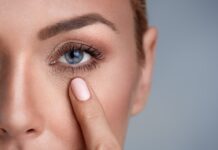

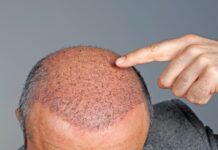











![16 Best Men’s Loafers 2023 [ BEST PREMIUM BRANDS ] best mens loafers](https://www.menshairstylesx.com/wp-content/uploads/2019/10/best-mens-loafers-1-100x70.jpg)
